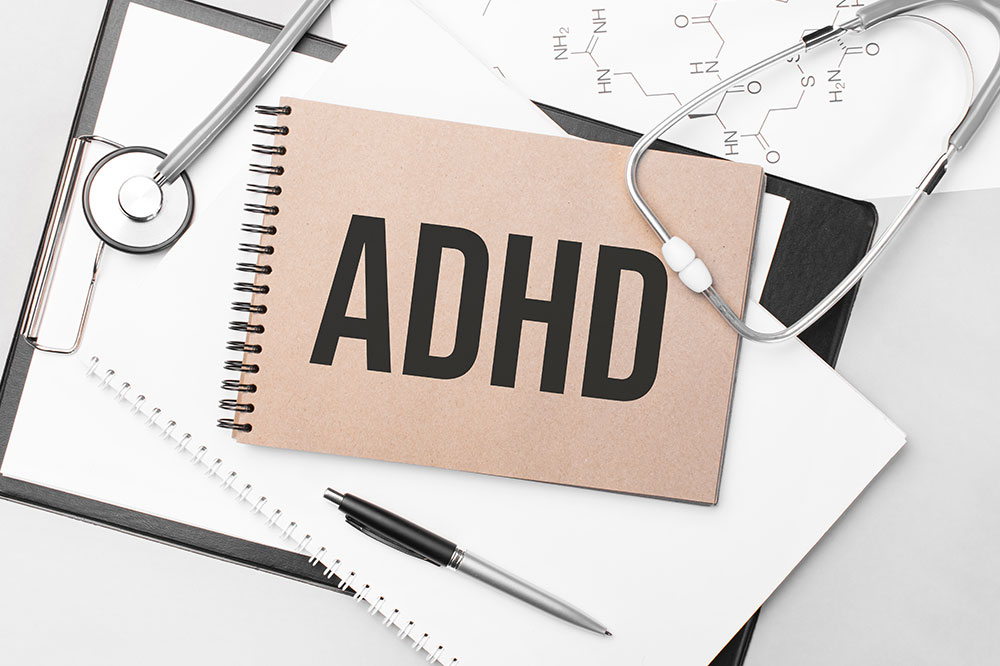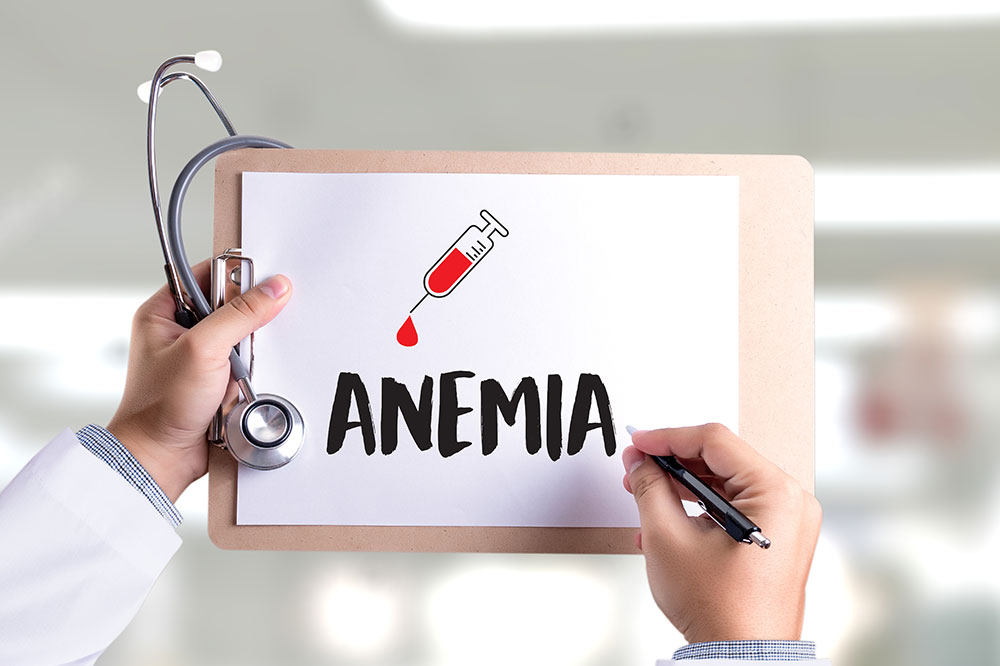Cancer – Its stages, diagnosis, and prevention

Cancer is a disease caused by the growth of malignant cells in the body. The formation of cells can happen anywhere, from the brain to the pancreas. Several cancerous cells clustered together form a tumor. The tumor then grows in size, spreading to other parts as well. Some cancers we know of are fatal, while some can be cured with the help of surgery, chemotherapy, and other such procedures.
Let’s take a look at the stages, diagnosis, and prevention.
Stages of cancer
There are different stages of cancer that are classified to understand how far it has spread and the degree of treatment that may be required. Based on this, there are two bases for differentiation.
Based on the numbered system, there are 4 stages.
- Stage 0 cancer
In this stage, the cancer cells are restricted to the area of origin and they’ve not spread to any other part.
- Stage 1 cancer
Here, the cancer cells spread to the nearby areas, but not to the lymph nodes or other parts of the body.
- Stage 2 and 3 cancer
This indicates that cancer has spread to nearby areas as well as lymph nodes.
- Stage 4 cancer
Cancer has spread to other parts of the body. This stage is also known as the advanced stage of cancer.
In the TNM system, there are three categories:
- T – tumor
- N – lymph nodes
- M – metastases
There is a score attached to each of these categories to indicate how far cancer has spread. Thus, one gets to know, specific to each stage, how far cancer has progressed.
Diagnosis of cancer
Cancer is diagnosed by experts who examine and understand the cells and tissues under a microscope. Tests are performed on the proteins of the cells as well as the DNA and RNA to understand if there is cancer. The best possible treatment options can only be chosen by examining the cells well and understanding the level to which cancer has spread.
Several times, the doctor might also spot other infections that may seem like cancer at first but are not. The procedure of taking out a small part of the lump for testing is known as biopsy and the process is also often referred to as pathology.
Prevention of cancer
There are some straightforward methods to prevent the occurrence of cancer or to delay the onset. What science knows about the presence and prevention of cancer is still limited. However, based on the known facts, here’s what can be done to prevent cancer.
- Do not use tobacco
- Maintain a healthy diet
- Maintain a healthy weight without sudden fluctuations
- Protect yourself from the sun to avoid skin cancer
- Get a vaccine, which will protect you from different types of infections like Hepatitis B, HPV, and the like.
- Practice safe sex
- Get regular health check-ups done






